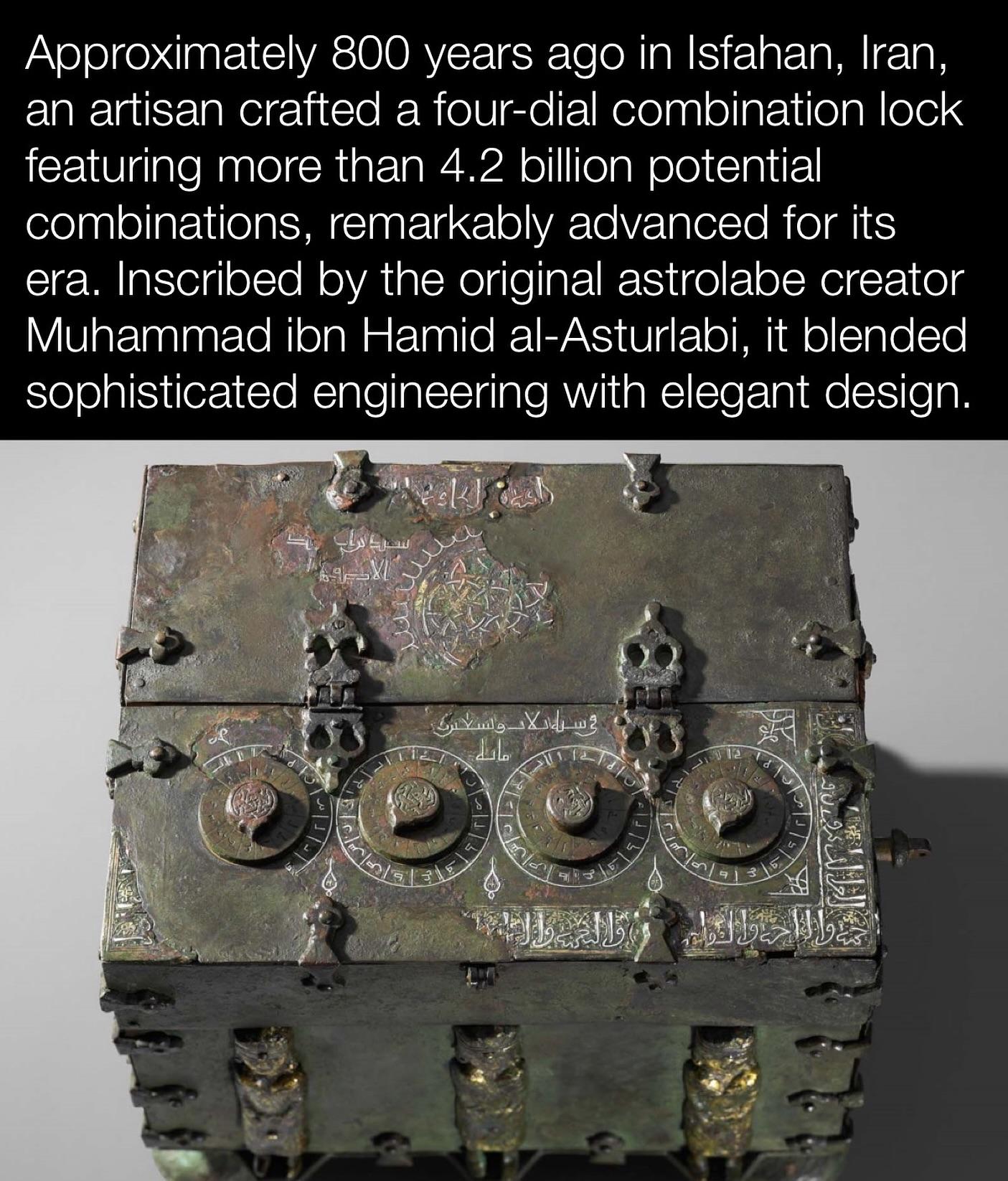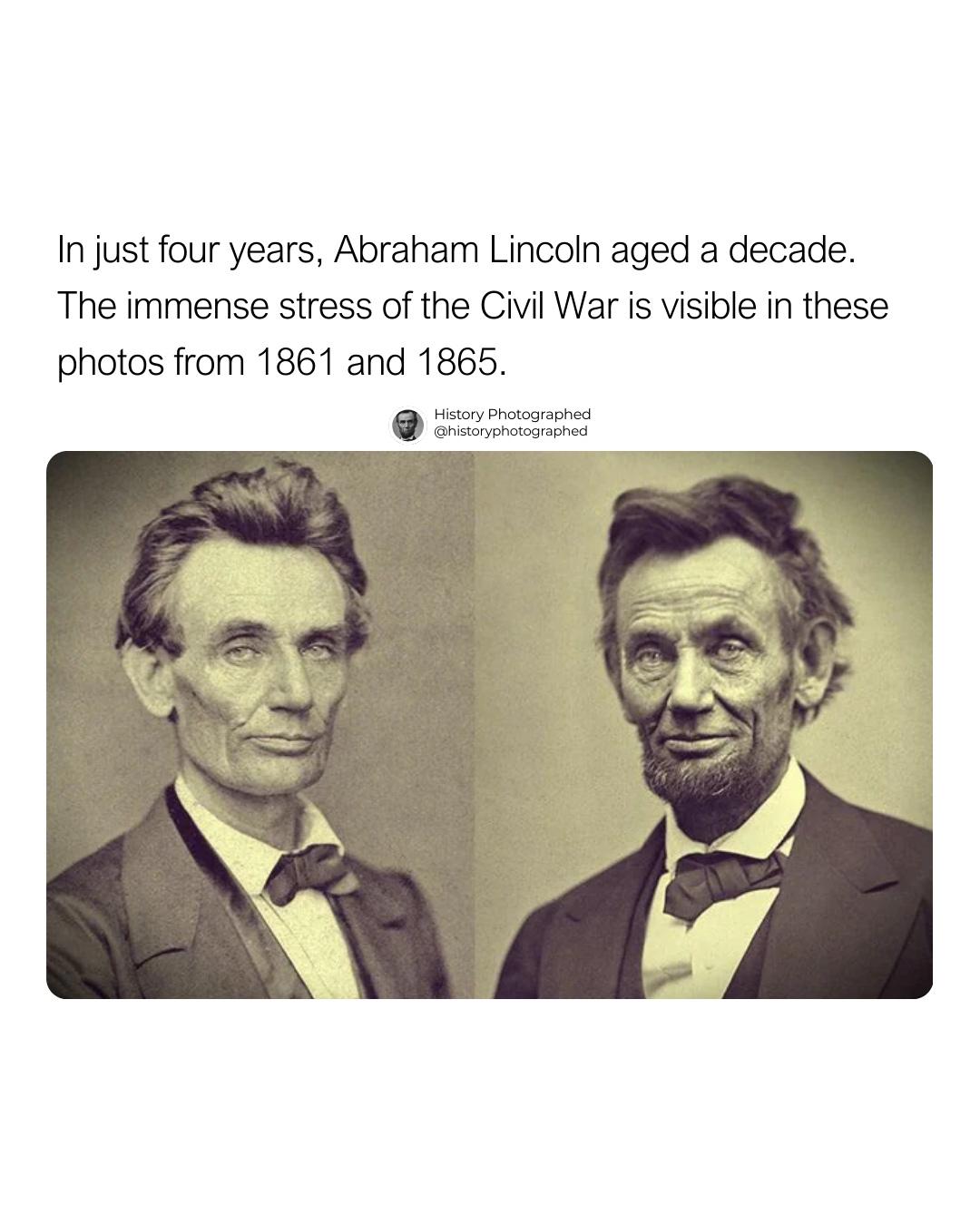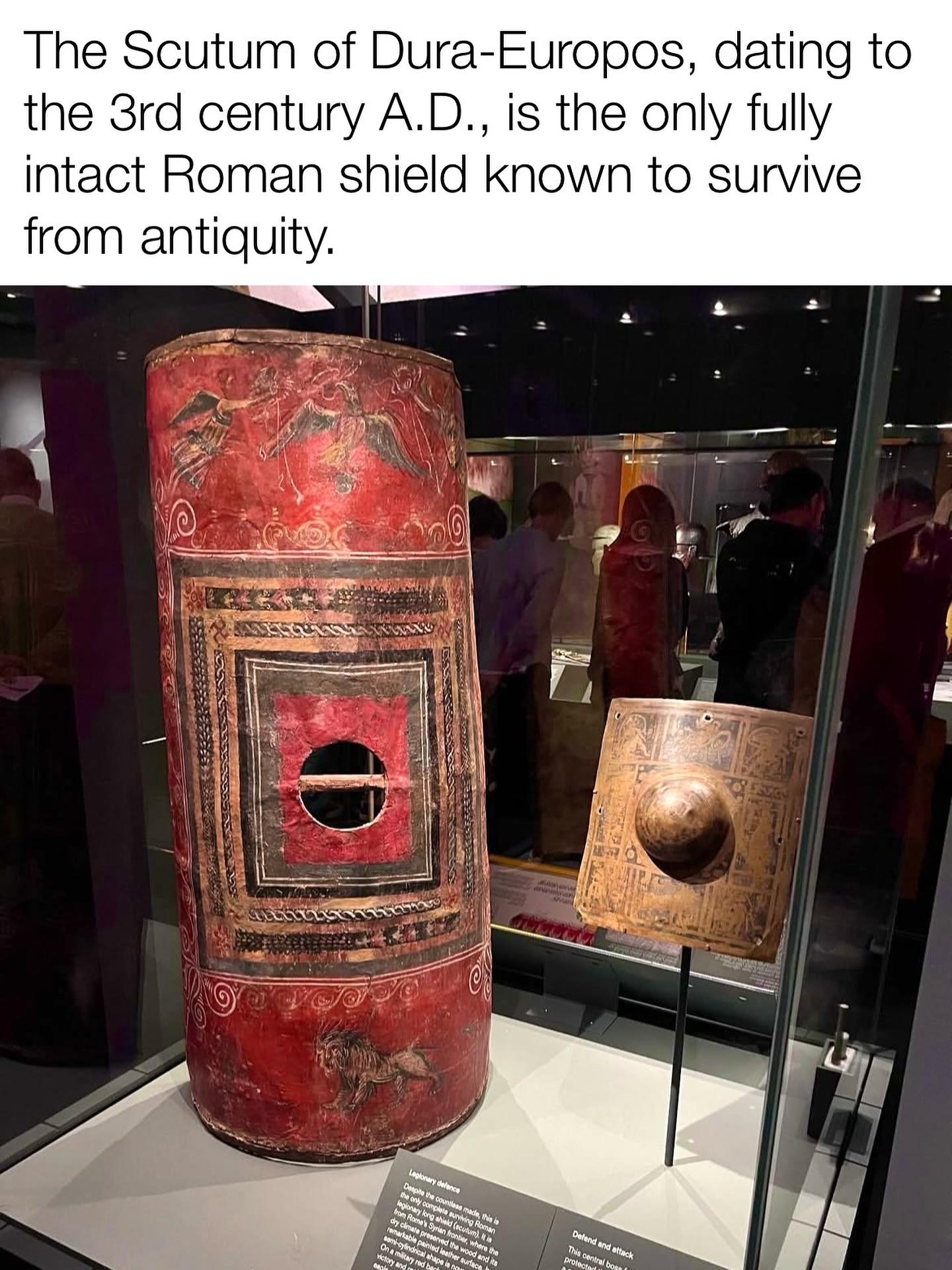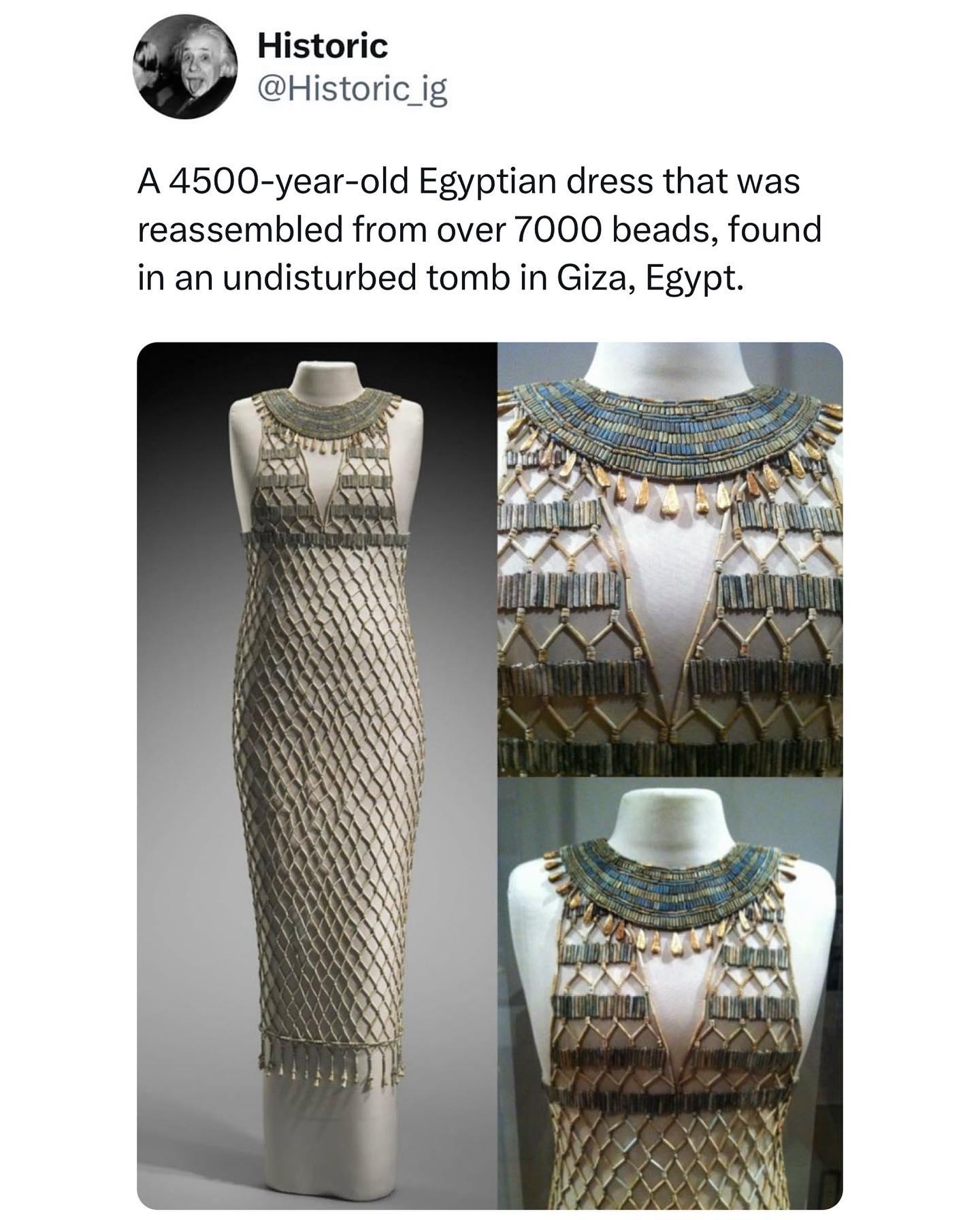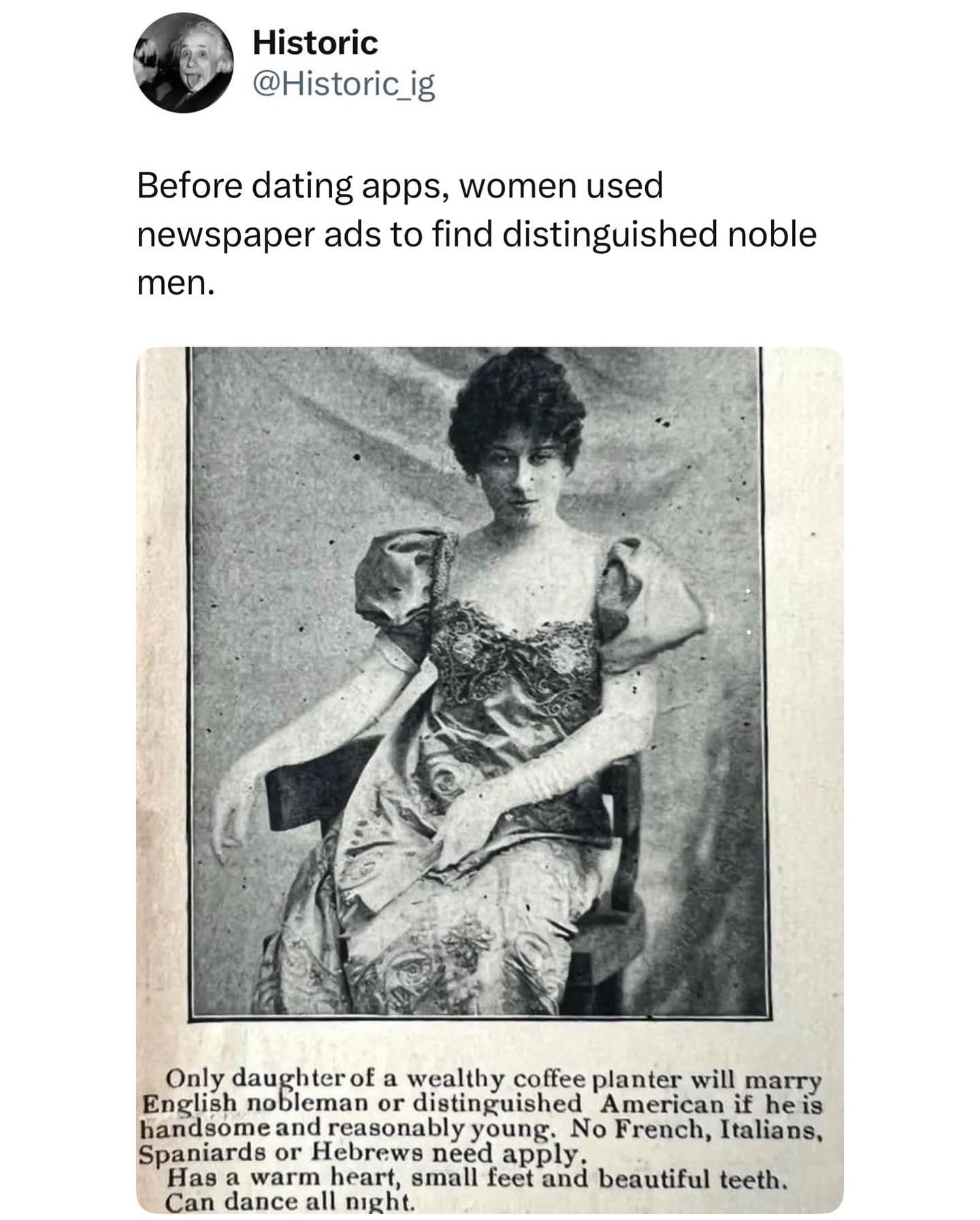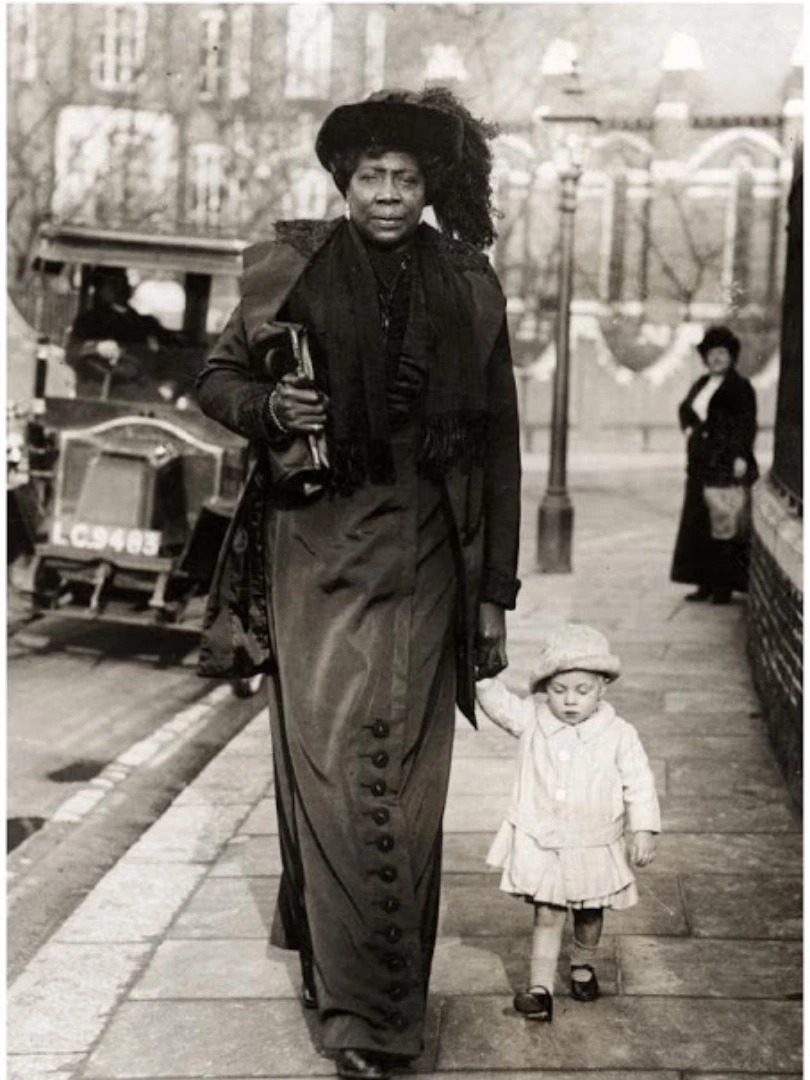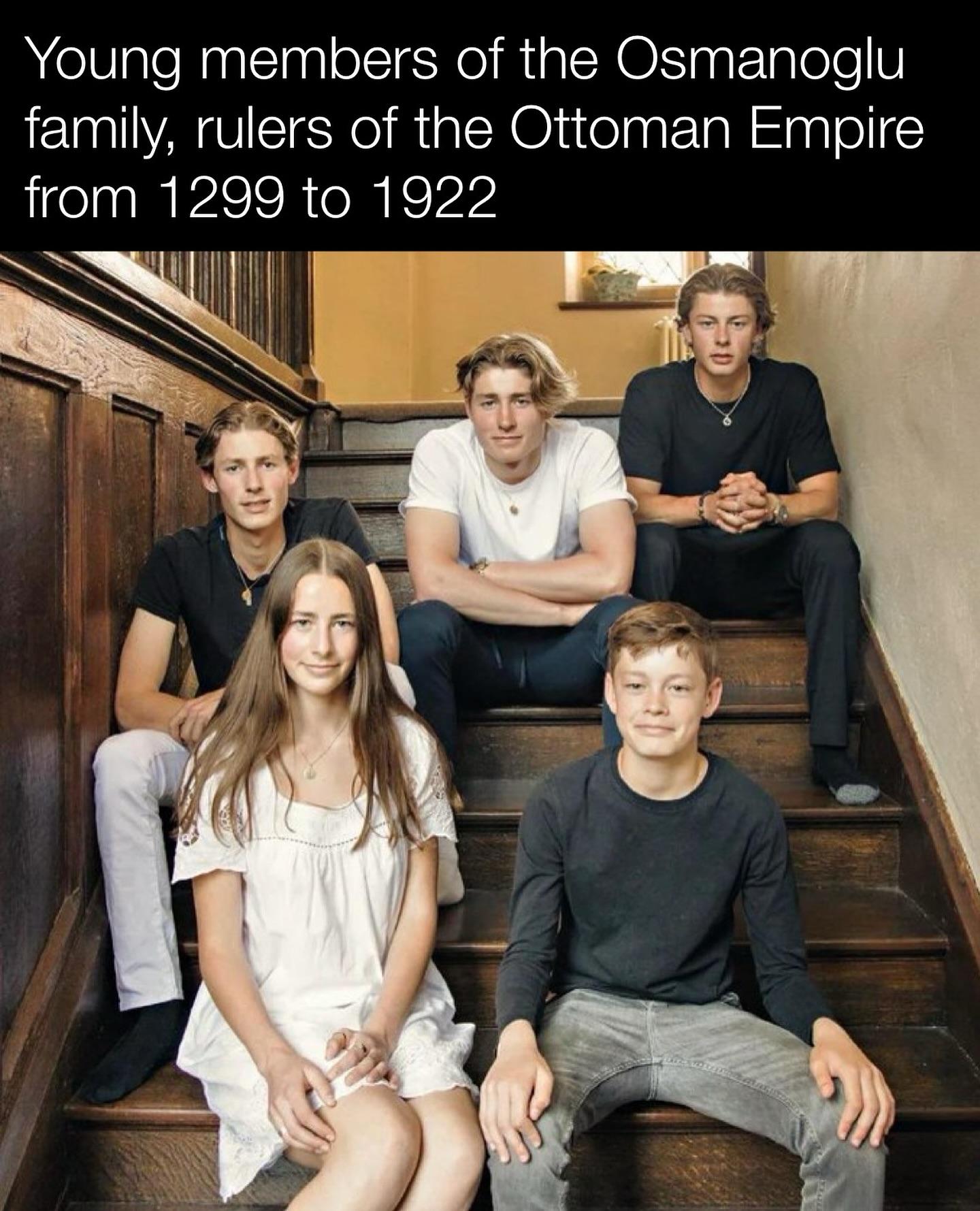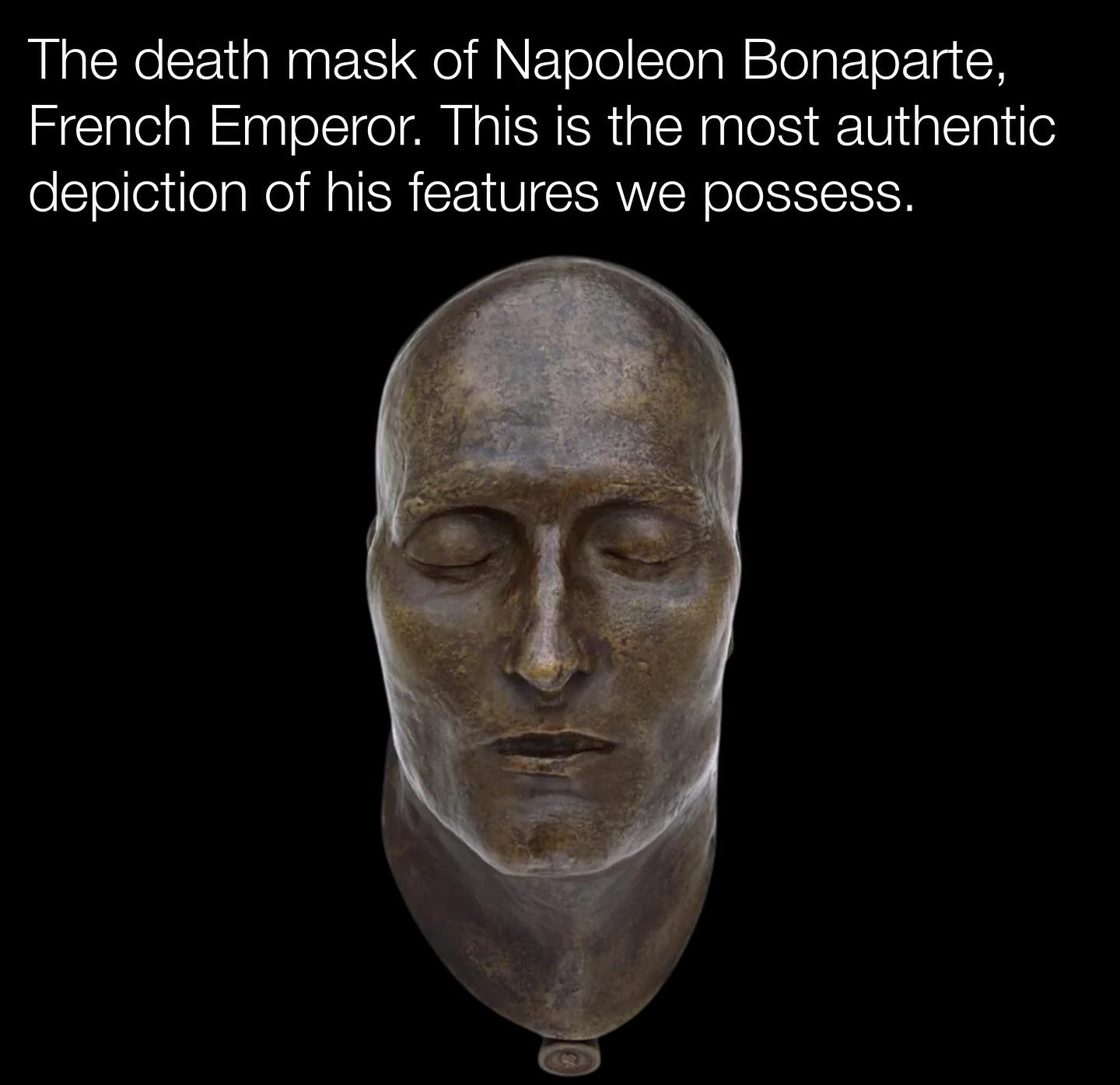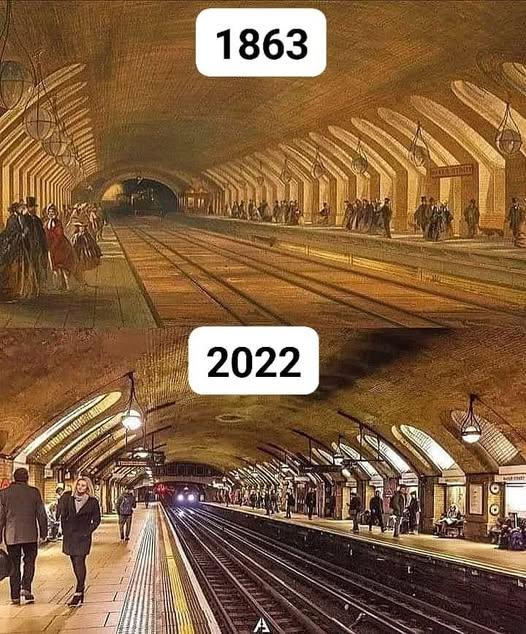This photograph, taken in 1900, captures a woman whose presence defied every expectation of her time. She wasn’t a maid or a nanny, as many assumed she was a personal bodyguard to the King of Dahomey, a powerful West African kingdom in what is now Benin, known for its elite all-female warriors:
the Dahomey Amazons.
Standing over 2.5 meters tall by some accounts, she was said to possess extraordinary strength able to lift a grown man with a single arm and her combat skills were the stuff of legend. But rather than honoring her legacy, the colonial gaze reduced her to spectacle. British newspapers spoke of her not as a warrior, but as a novelty:
“This dark-skinned beauty… will soon visit our major cities,” they wrote, blind to the remarkable history standing before them.
Her name was Ella Abomah Williams, also known as Madame Abomah. Today, she is largely forgotten by mainstream history.
But her story endures as a powerful reminder: sometimes, heroes are hidden in plain sight., overlooked not because they lack greatness, but because the world never learned how to see it.
Credits: osagie_ero
This photograph, taken in 1900, captures a woman whose presence defied every expectation of her time. She wasn’t a maid or a nanny, as many assumed she was a personal bodyguard to the King of Dahomey, a powerful West African kingdom in what is now Benin, known for its elite all-female warriors:
the Dahomey Amazons.
Standing over 2.5 meters tall by some accounts, she was said to possess extraordinary strength able to lift a grown man with a single arm and her combat skills were the stuff of legend. But rather than honoring her legacy, the colonial gaze reduced her to spectacle. British newspapers spoke of her not as a warrior, but as a novelty:
“This dark-skinned beauty… will soon visit our major cities,” they wrote, blind to the remarkable history standing before them.
Her name was Ella Abomah Williams, also known as Madame Abomah. Today, she is largely forgotten by mainstream history.
But her story endures as a powerful reminder: sometimes, heroes are hidden in plain sight., overlooked not because they lack greatness, but because the world never learned how to see it.
Credits: osagie_ero




